Some fibromyalgia symptoms are explained by the uncontrolled contraction of muscle cells
Classically, fibromyalgia muscle pain is described as being symmetrical, over the four quadrants of the body and involving at least 11 muscle groups out of 18
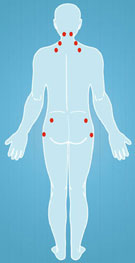
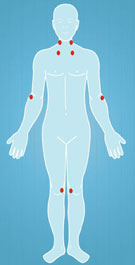
This is a very restrictive definition that does not take into account a number of facts:
. Many patients do not have those specific points but have many more muscle points that are painful
. Many patients may develop muscle pains of less than the 11 groups
. The development of fibromyalgia muscle pain is progressive.
I have still to meet anyone with fibromyalgia that developed all fibromyalgia pain points at once. The speed of progression of fibromyalgia trigger points can be quite rapid but certainly not sudden with the full picture.
This restrictive definition has another big disadvantage. It delays fibromyalgia diagnosis and therefore the proper treatment. In the meantime, the patient develops chronic pain and other fibromyalgia symptoms that will further hamper their prognosis and make their treatment more difficult. Moreover, the definition ask for pain that lasts for at least 3 months!
Indeed, the definition condemns fibromyalgia patients to pain chronicity with all the secondary problems it carries such as depression.
The muscle pain is due to the process of uncontrolled contraction of the muscle cells involved
The muscle pains are often described as spasms or "crampy". Even the slightest pressure on those cells can be extremely painful.
Any muscle can be involved but a special mention must be made of postural muscles.
Those muscles are mainly muscles around the spine, thorax and abdomen. They have a very interesting function. They do not produce a lot of movement. But, whenever we move an arm or a leg they contract a few milliseconds before to stabilise the trunk so we do not fall. This is why they are called postural muscles.
However, when someone is in pain, those postural muscles confuse the pain signals with the signals to contract! Therefore, they start contracting non-stop and easily develop contracture pain.
This is why postural muscles are often painful in fibromyalgia. Neck pain, back pain, low back pain, buttocks pain and perineal pains are quite common in fibromyalgia. It also explains tight chest and some abdominal pain. Those fibromyalgia tender points can be very extensive.
We have seen that there are a lot of muscle cells elsewhere than in the skeletal muscle cells. Their abnormal contraction explains many of the varied fibromyalgia symptoms:
. Skin sensitive to touch (“Doc! I can’t stand my kids playing with me and tickling me: it’s sore!”)
. “Asthma” due to abnormal contraction of bronchi muscle cells and lack of relaxation. Fibromyalgia chest pain that goes with it is often ignored.
. Irritable bowel syndrome (IBS) with abnormal and painful movements of the colon and episodes of constipation/diarrhoea
. Bladder urgency or the “wait” phenomenon (“Doc! I feel like emptying my bladder but when I get there I have to wait and think about it to get going!”)
. Heart palpitations, high blood pressure, varicose veins, poor circulation are also explained by the abnormal contraction and lack of relaxation of muscle cells.

Here is an example of mottled skin due to poor circulation
To understand why you have developed fibromylgia, click on the book
Understanding fibromyalgia symptoms, is also understanding the role of the toxins.
Understanding fibromyalgia is the first step towards relief.
Knowledge Is Power
To understand why, what it is, how to care click on the books!
Pain Relief
Do you want to be heard?
Share your story
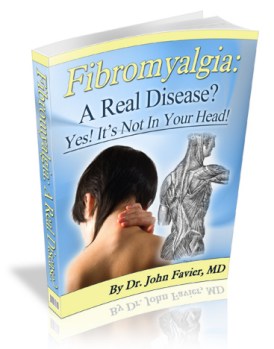



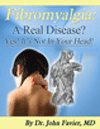
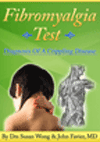
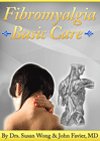


New! Comments
Have your say about what you just read! Leave me a comment in the box below.